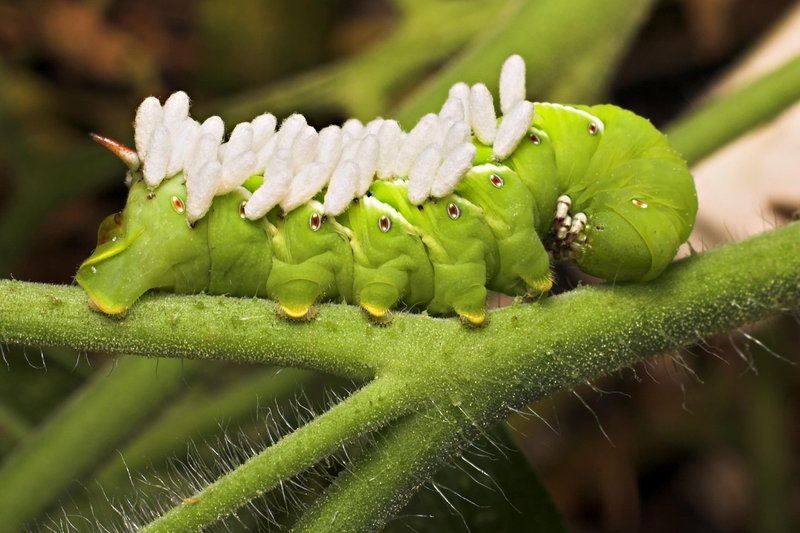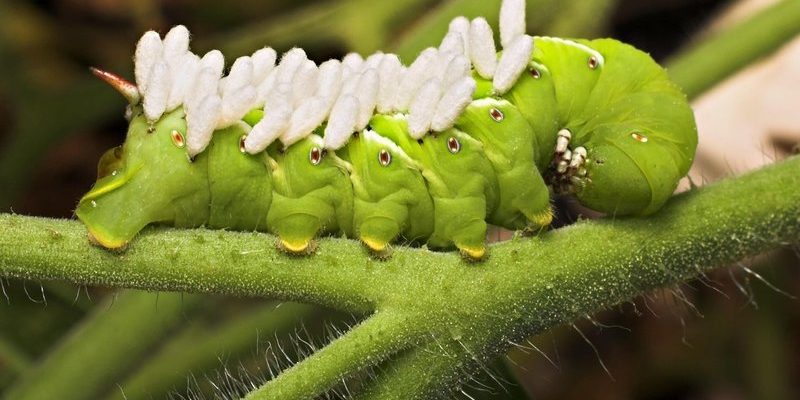
Honestly, understanding hornworm frass isn’t just for the hardcore gardeners out there. Anyone with a few plants can benefit from knowing what these droppings mean and how to tackle an infestation. It’s a bit like reading the signs of a messy roommate before the laundry piles up—except in this case, it’s your precious tomatoes at stake!
What is Hornworm Frass?
First things first, let’s define what hornworm frass is. Simply put, frass is the technical term for insect droppings. In the case of hornworms, these droppings resemble small, dark pellets, almost like tiny rabbit droppings. If you notice these dark specs scattered around your plants, it’s a good sign that you might have a hornworm problem.
But why is it important to pay attention to this frass? Think of it as a clue in a mystery. When hornworms eat your plants, they produce frass. The quantity and quality of this frass can tell you how serious your infestation is. More frass generally means more hornworms are munching away at your plants!
Signs of Infestation
You might be wondering, “How can I tell if I have hornworms just by looking at frass?” Well, there are a few telltale signs. Here’s a breakdown:
- Location: If you find frass near the base of your plants or on the soil, it’s a red flag. Hornworms tend to drop their frass close to where they feed.
- Quantity: A small amount of frass is not the end of the world. But if you’re seeing clumps, it’s a sign that hornworms are enjoying a feast at your expense.
- Plant Damage: Look for signs of nibbling on leaves. If you see large, jagged holes, the hornworms are definitely in your garden.
If you notice these signs together, it’s time to take action. Think of it as catching a cold—if you ignore the sniffles, it might turn into something worse!
Types of Hornworms
Before diving into control methods, it helps to know what you’re up against. There are mainly two types of hornworms that gardeners need to watch for: the Tobacco Hornworm and the Tomato Hornworm.
– Tobacco Hornworm: Already a favorite pest for those who grow tobacco, these pests can also munch on tomatoes and peppers. They have a distinctive green body with white stripes.
– Tomato Hornworm: This one is usually a little larger, with a similar green body but sporting more prominent markings. Both types can cause serious damage, but spotting them early can save your plants.
Knowing which type you’re dealing with can help tailor your approach. Picture it like knowing which villain is wreaking havoc in a movie—you wouldn’t fight a dragon with a butterfly net!
How to Control Hornworms
If you’ve identified hornworm frass and signs of infestation, don’t panic! There are several effective strategies you can use to take back control of your garden.
- Handpicking: This is the simplest method. Just wear some gloves and physically remove the hornworms from your plants. It sounds gross, but it’s quite effective!
- Natural Predators: Introducing beneficial insects like parasitic wasps can control hornworm populations. These wasps lay their eggs inside the hornworms, eventually killing them. Nature can be brutal, but it’s effective!
- Pesticides: If the situation is dire, you might consider using organic pesticides. Products containing Bacillus thuringiensis (Bt) are known to target caterpillars while being safe for your plants.
Keep in mind, prevention is key. Regularly inspect your plants for signs of frass and damage. Think of it like a health check-up—you catch problems before they escalate!
Understanding Frass Color and Texture
You might not realize it, but the color and texture of hornworm frass can provide valuable information. Fresh frass tends to be dark and moist, while older frass may dry out and become lighter in color.
Here’s what to look out for:
– Dark and Moist: Indicates that the hornworms are actively feeding and growing—time to take action!
– Dry and Light: This may suggest that the hornworms are in the later stages of their lifecycle or that they’re no longer feeding.
Understanding these signs can help you gauge how urgently you need to act. It’s like checking the weather before leaving the house—you want to be prepared for what’s coming!
Why Frass Matters for Your Garden Health
So, why should you care about hornworm frass beyond just pest control? Paying attention to this small detail can lead to healthier plants overall.
Frass is essentially organic matter, which means it can act as a natural fertilizer. Just like adding compost can enrich your soil, a little frass here and there can provide nutrients. But too much frass signals overpopulation, which can drain your plants and lead to more significant issues.
In essence, by monitoring hornworm frass, you’re not only protecting your plants but also promoting a balanced ecosystem in your garden. It’s like being a caretaker—making sure everything thrives together!
Final Thoughts on Hornworm Frass
In summary, understanding hornworm frass can be a game changer for anyone who enjoys gardening. It provides significant insights into the health of your plants while helping you manage pest infestations more effectively. Remember, keeping an eye out for those dark little pellets can save your plants from certain doom.
So next time you’re tending to your garden, take a moment to familiarize yourself with hornworm frass. It’ll not only help you detect an infestation early but also keep your green space flourishing. Happy gardening!

